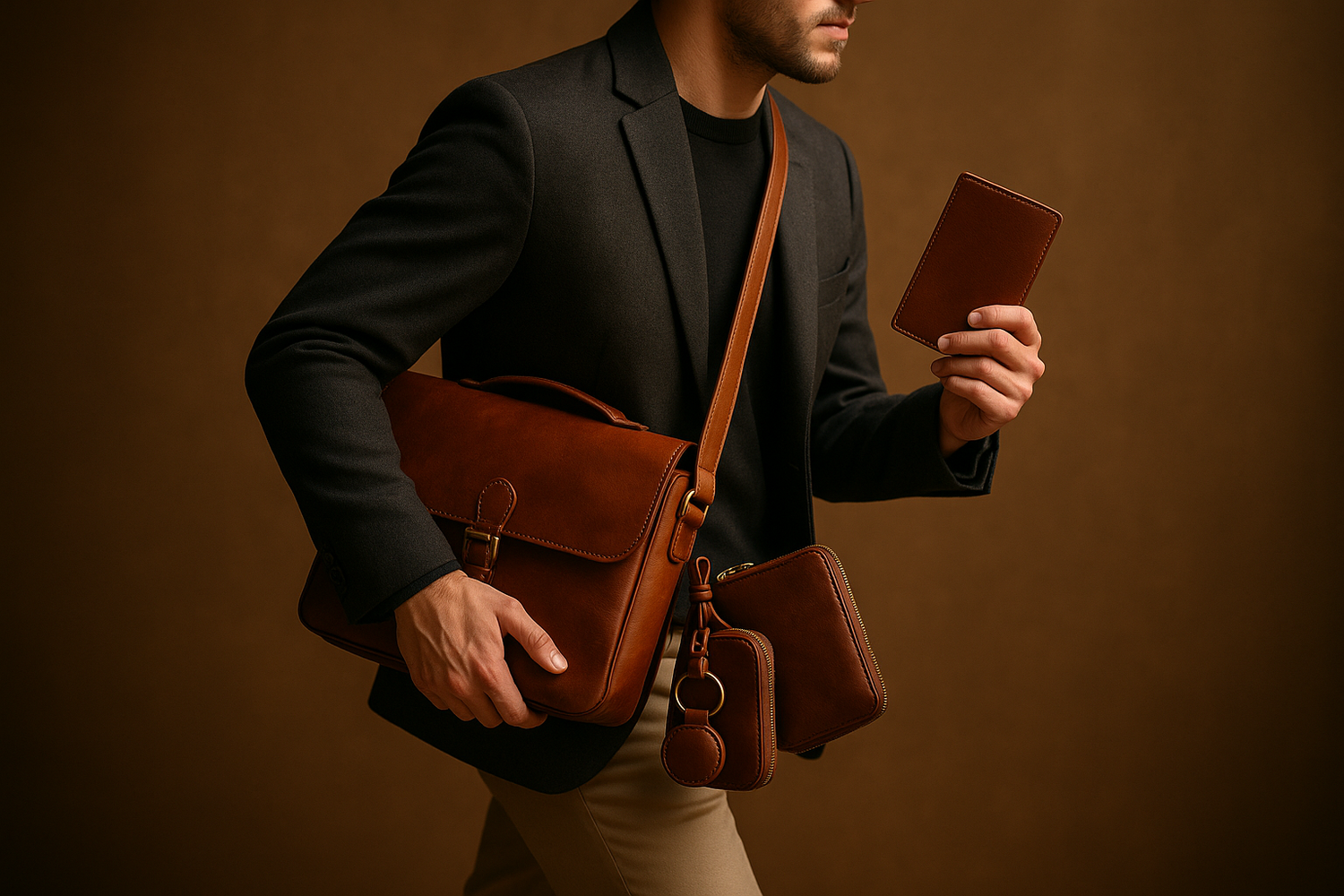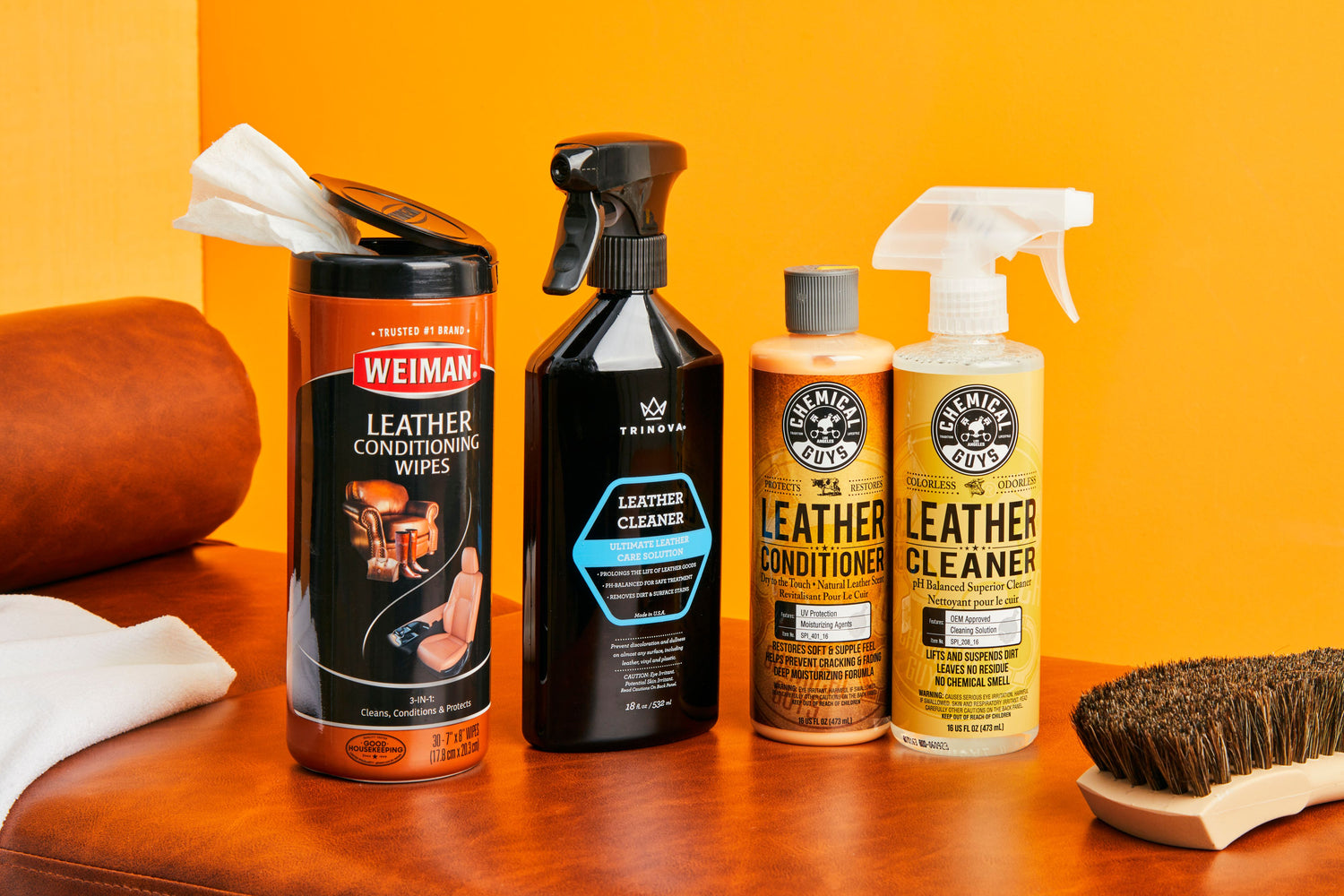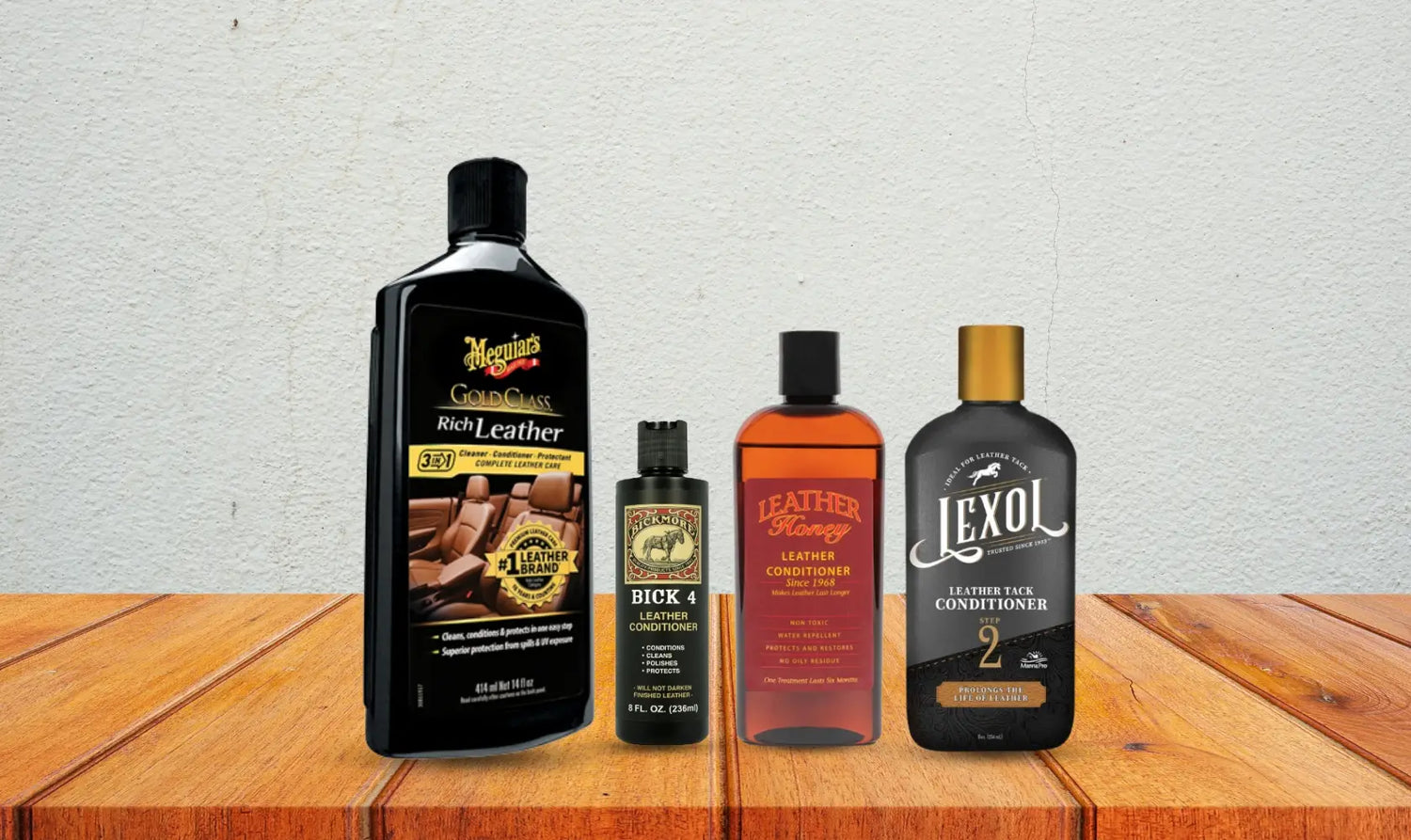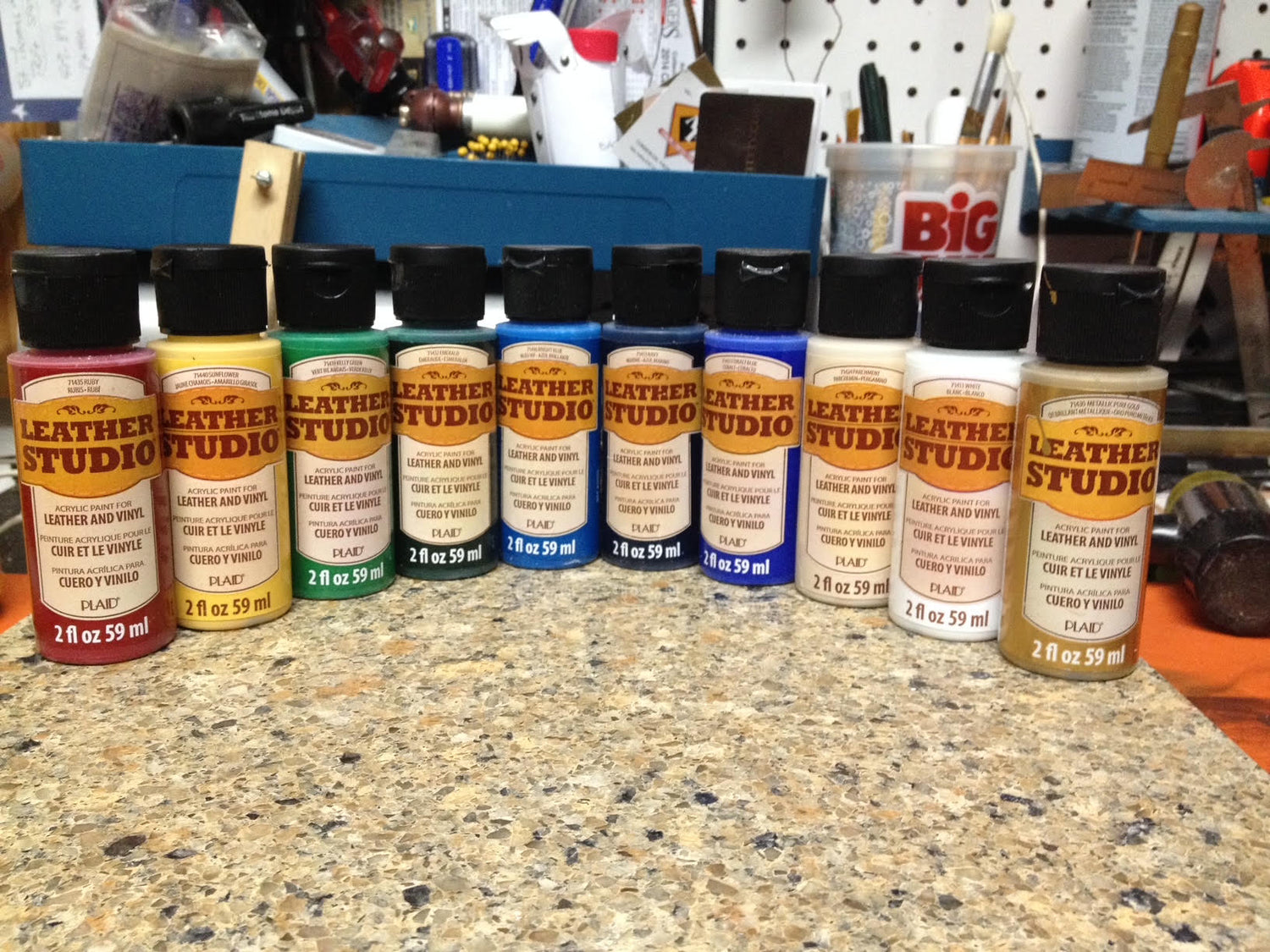Leather Wear and Tear
Leather deteriorates largely by four means:
- Oxidation is most readily seen in very old dry leather, with surface cracking and flaking, and over-all weakness. Oxidation will eventually turn leather to dust. It is inhibited by a thorough impregnation with an inert dressing which coats the fibers. Leather items should not be sealed in a display case and forgotten - they must be kept full of dressing.
- Chemical damage can be through the effect of ultraviolet light, ozone, acid from sulphurous and nitrous pollutants in the air, or through chemical action following treatment with tallow or neatsfoot oil compounds. Both oxidation and chemical damage occur faster at higher temperatures. Leather should be stored away from heat, and not needlessly exposed to sunlight.
- Internal chafing or breaking of fibers occurs when dry leather is flexed. A lubricant is essential to allow the fibers to slide one against the other. Dry leather should not be flexed prior to thorough lubrication.
- Abrasion can be external, from rubbing on the outside, or internal from dirt particles ground into the leather.

Handling Leather
Try to handle leather with clean hands to prevent too much oil buildup. Leather is susceptible to absorbing grease and oils, wipe the surface of the leather with a damp white cotton cloth, but be careful not to use too much water, because leather takes time to dry. If it does become wet, let air dry in a cool dry place, not in the sun.

Leather Cleaners
Use only cleaners made for leather.
Apply using a circular motion and wipe off with a slightly damp cloth so as not to clog the pores of the leather. Applying leather cleaning soap one or two times a year should keep your leather clean. Some cleaners include: Leather Honey, Horseman’s One step Leather Cleaner, Fiebing’s Liquid Glycerin Saddle Soap, Dr. Jackson’s Leather Cleaner. Please do not use Neatsfoot Oil as it may remove some of the acrylic paint or dye.

Conditioning Leather
Leather gets dry over time and will lose flexibility. If the item you bought is meant to bend, fold or move, it is good care to use leather conditioner on the item at least once a year after cleaning. If you store your item for a while and it seems dry and brittle, do not bend until you condition it and let the conditioner set in and penetrate beyond the surface. Do not use conditioner on patent leather items.
Stain Removal
Organic stains from food or blood can often be removed with chalk powder. Crush white chalk, let it sit on the stain overnight and dust it off with a clean cloth.
Waterproofing
If your item will see a lot of the great outdoors, such as arm guards, quivers, belts, bracers, and some cases, it would be good to give it a waterproofing treatment at least 2 times a year. Feibing's Snow Proof Paste is great for this; just apply using a clean cloth and buff on covering any exposed areas. A leather waterproofing spray is also a good alternative. Just be sure to follow the instructions on the canister.
Stitching
The items we sell are mainly hand stitched using nylon wax covered thread. If you see it start to come apart, please let us know and we will guide you through the proper way to either correct the situation or take the item back and repair it for a small fee. As our policies dictate, the buyer will be responsible for the shipping costs.

Paint and Color
We use Feibing's water based dyes, and acrylic paints made specifically for leather and other products. If for some reason the color starts to come off, or wear away, please note that this is normal. Leather is the skin of the animal and the dyes and paint only go a certain depth into the material especially if made using veg tanned
leather. If the item was made using Chrome Tanned leather (just ask us which was used) then the color is chemically infused in the entire thickness and will not come off.
Warnings
Avoid cleaning products with alcohol, turpentine or other mineral spirits as they will discolor and dry out leather.
Never allow water to soak into your leather. If the leather does get wet, do not use a hair dryer on it. Instead, absorb as much water as possible with a thick microfiber hand towel and allow it to air dry. Then, condition it again and store it. If it is a case, place newspaper, or paper towel inside as it dries.
Do not store in a plastic bag for a prolonged time in humid conditions. Use paper or cardboard box instead.